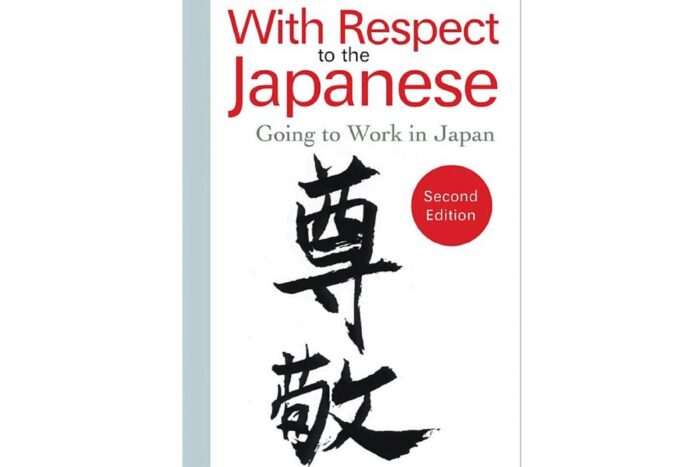
Last Updated: 15 Dec 2024 Book Review: The Salaryman by Michael Howard
When I was in my twenties, I worked at the headquarters of a major Japanese bank in Tokyo. This began a lifelong interest for me in the situation of non-Japanese employees of Japanese companies, and grew into the focus of my career as a cross-cultural consultant.
I even ended up writing a book about non-Japanese employees in Japanese companies and the cultural challenges that they face, called The Rice-Paper Ceiling. So when I saw this book about the same topic, The Salaryman by Michael Howard, I knew that I had to read it.
However, I quickly realized that this was a very different book than mine. Whereas I took a very serious, almost academic, tone, and had a lot of footnotes, this book instead emphasizes humor, and indeed made me laugh out loud at several points. But at the same time, I did find a lot of things to learn in it.
In this book the author tells the story of how he began to work in Japan, starting with his flying to Tokyo for a job interview. In the first sign that things weren’t going to be the same as at home, the expensive suit that had been so comfortable in Southern California was heavy and uncomfortable in the Tokyo heat. This sets the tone for the entire tale, in which he is constantly a fish out of water.
The author’s first conundrum at his new Japanese employer was coincidentally quite similar to mine when I first joined a Japanese company – lack of a clear job description. In my case, after two weeks with my boss giving me nothing to do, I finally started suggesting ways I could help, and gradually I found enough tasks to keep me busy. In Howard’s case, despite an official title of Director of Sales, the only thing of consequence that he got to work on was creating English slogans for the firm’s new website. He ends up working at four different companies, all of which give him only “undefined, ceremonial” roles – an unfortunately common experience of non-Japanese working in Japanese companies, especially if like Howard their Japanese is not fluent.
Howard devotes himself to unraveling various mysteries of Japanese business culture and spends much of the book explaining what he discovered. But rather than the rather earnest advice that my book gives for things like how to do nemawashi, Howard focuses on exposing the underside of Japanese business practices that are unknown to most non-Japanese, myself included.
For example, he describes in detail how salarymen to skim their paychecks for extra spending money and hide it from their wives – by eating cheap meals or staying at inexpensive hotels on business trips and pocketing the difference from the daily travel allowance. He even teaches readers the Japanese word for this secret cash stash: hesokuri.
However, the example that had me laughing the most explains in blow-by-blow detail how Howard’s company plied visiting foreign executives with too much alcohol and good food, knowing that it would exacerbate their jet lag and leave them dehydrated and exhausted the next morning. Off his game, he is all-too-ready to make big concessions to his Japanese hosts at the negotiating table.
As an American who works with Japanese, I found this to be an entertaining read. For Japanese who are curious how Japanese business can appear to people from other cultures, this book could be interesting, and may make you smile in recognition.
Related articles
Book review: The Contest for Japan’s Economic Future: Entrepreneurs vs Corporate Giants by Richard Katz
This new book by economist Richard Katz presents a comprehensive theory for why the Japanese economy
Japan in the Age of Globalization – Book review
The editors of this book have tried to stitch a rather eclectic group of papers together as proof th
Review of “With Respect to the Japanese: Going to Work in Japan” by John C Condon and Tomoko Matsumoto
This book has tried, and largely succeeded, in pinning down the elusive undercurrents of Japanese co




